“It is not common knowledge for outsiders to realize that Yemeni women do not readily accept their fate and are fighting against discrimination and mistreatment,” says Yemeni photographer Amira Al-Sharif. “A Love Song to Socotra Island,” Al-Sharif’s 2014–2015 project that focuses on the daily life of an indomitable woman named Sadiya, is attempting to change this. The project, says Al-Sharif, “grew from a search for inspiring and pioneering women who are making their own way in life while confronting the traditions and customs of a male dominated society.”
“Women in Yemeni society have traditionally had much less power than men,” states Al-Sharif, but importantly, “this project is not about feeling sorry for the women who endure hardships, but to admire and honor them for being able to make their own paths.”
Sadiya, a married mother of seven, has lived on Detwah Lagoon, one of the island’s finest beaches, her entire life. She provides for her family by fishing, tending goats, picking dates, cooking, washing, and hosting a tourist camp on her land. For the last fourteen years, she has been fighting a tribe called Al Aragaba who, since the rise of eco-tourism, has made claims to her land. Even after violent attacks on her family and fifty days in a male prison, Sadiya has never given up the land on which she was born, the land on which she raises her children and her beloved animals and trees.
The challenges met by Al-Sharif and Sadiya while developing this project have been plentiful.
Yemen is a conservative country and it can be difficult to find women who agree to be photographed. “Sadiya has been instrumental to my work,” says Al-Sharif, “despite the fact that her husband and some of her elder sons do not approve of this work.” To ensure the safety of her photographs from disapproving family and neighbors, Al-Sharif carried an external hard-drive with her everywhere, even into the sea, and left one with a family in a nearby town. Al-Sharif and Sadiya also agreed that Sadiya could determine which pictures could be used, and which need to remain hidden from view, likely for eternity. Above all, Al-Sharif is not allowed to show Sadiya’s face; her photographs must tell a story about her without relying on facial expressions.
Despite their precautions, the work is not without danger.
Sadiya’s bravery in regard to fighting for her land and participating in Al-Sharif’s story has not gone unnoticed on the island. “Some people see me as a hero, some people say I am a crazy woman, and some support me. I am a strong woman who fears nobody and doesn’t allow anybody to take my rights,” states Sadiya in an interview conducted by Al-Sharif. “As it has been said, everything can be taken except for dignity—it’s mine.”
Al-Sharif has every intention of continuing to work with Sadiya. Sadly, she called Sadiya a week ago and learned that she had been attacked again by the Al Aragaba tribe. They destroyed her house and nets, and cut trees from her land.
Although Al-Sharif has succeeded in sharing Sadiya’s story with an international audience, she says her main audience for this project is Yemeni women themselves. “I want my own family, my sisters, my friends and the general Yemeni society to see this work,” Al-Sharif explains. “The women I am photographing are leading a social change, their wild and energetic personalities really bring out the self-sacrifice and fortitude of women in Yemen.”
Amira Al-Sharif is a member of The Arab Documentary Photography Program (ADPP), an initiative that provides support and mentorship to photographers from across the Arab region. The Arab Fund for Arts and Culture in partnership with Magnum Foundation and the Prince Claus Fund established the ADPP to stimulate compelling work by Arab Photographers working across a range of experimental styles of storytelling.
—Sarah Stacke
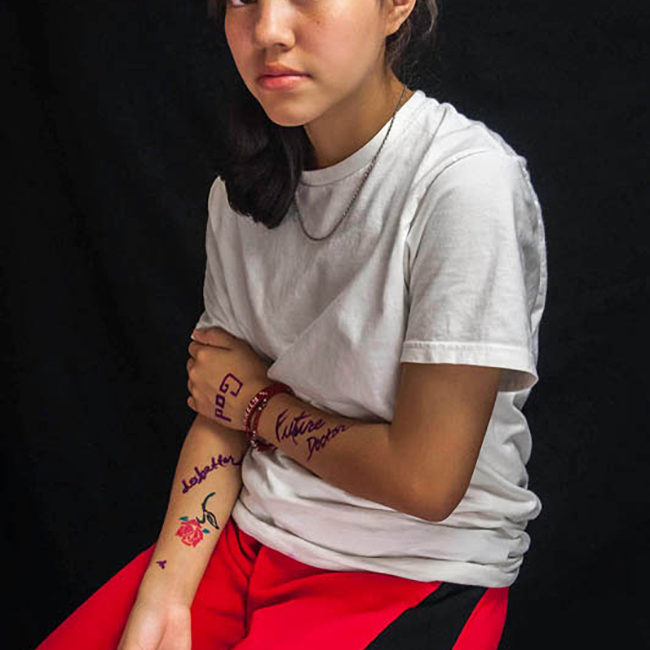
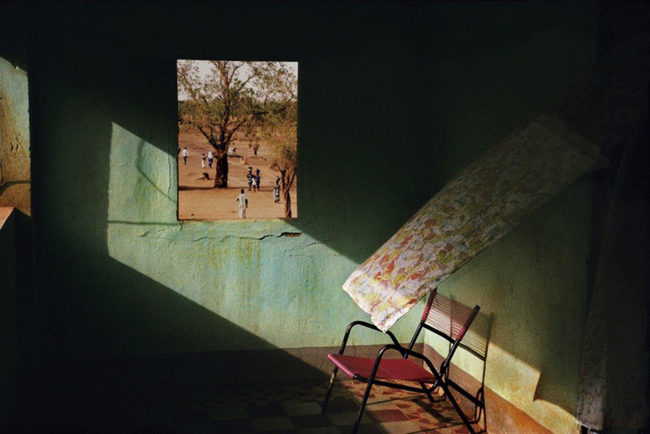



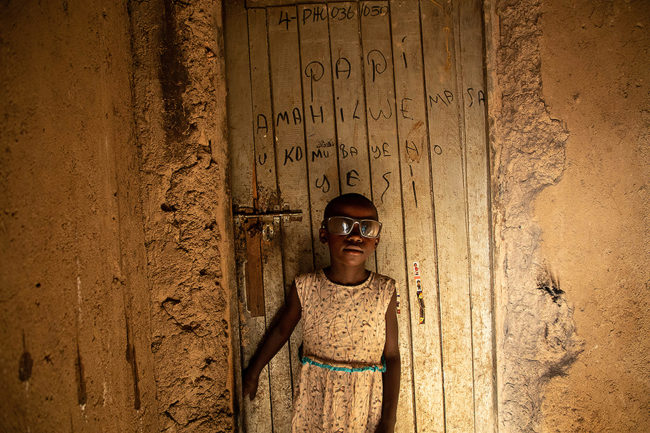


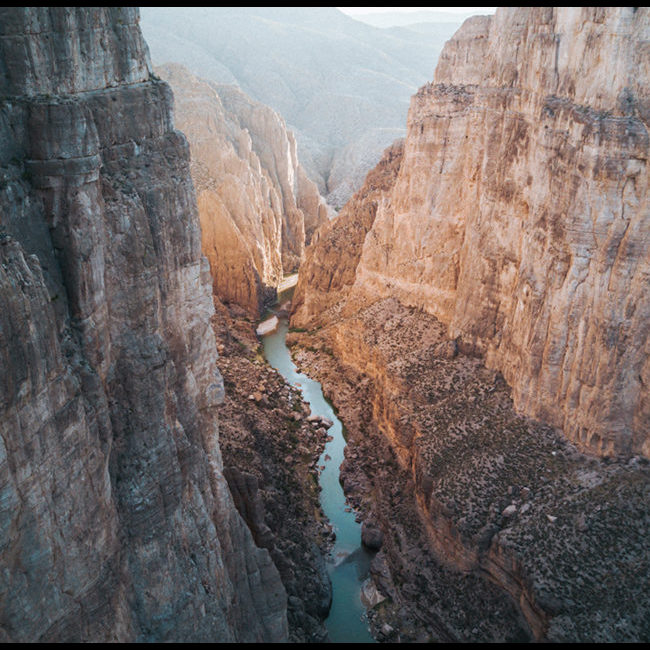
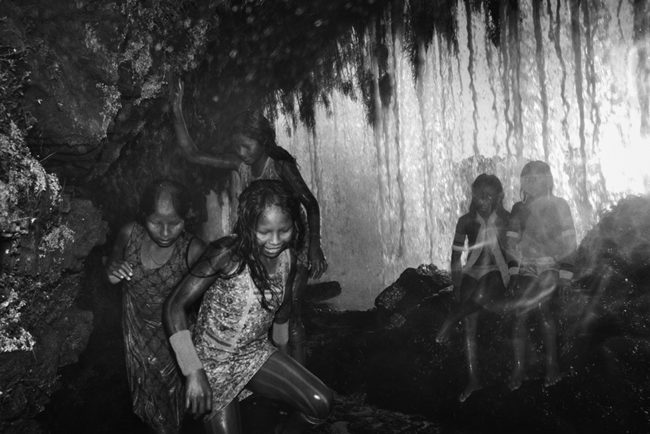
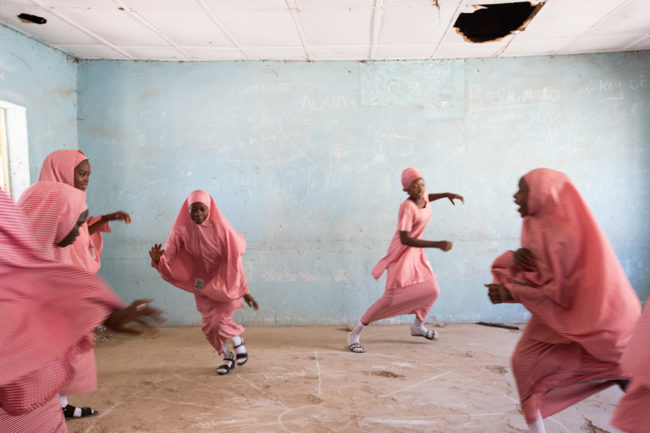
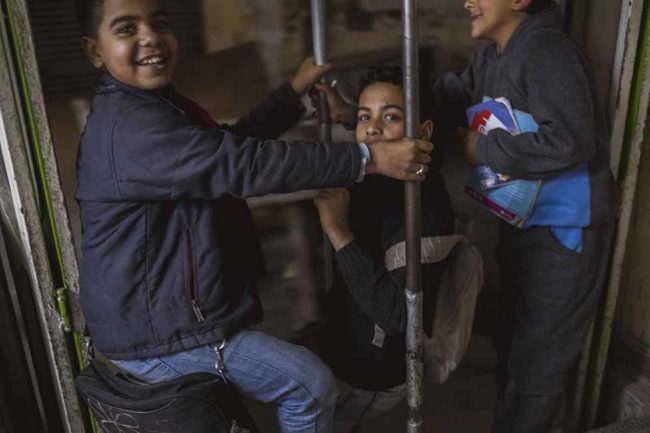
Glorious photographs. Socotrans are amazing people!
This is such inspiring work. Hope to see much more from you, Amira!